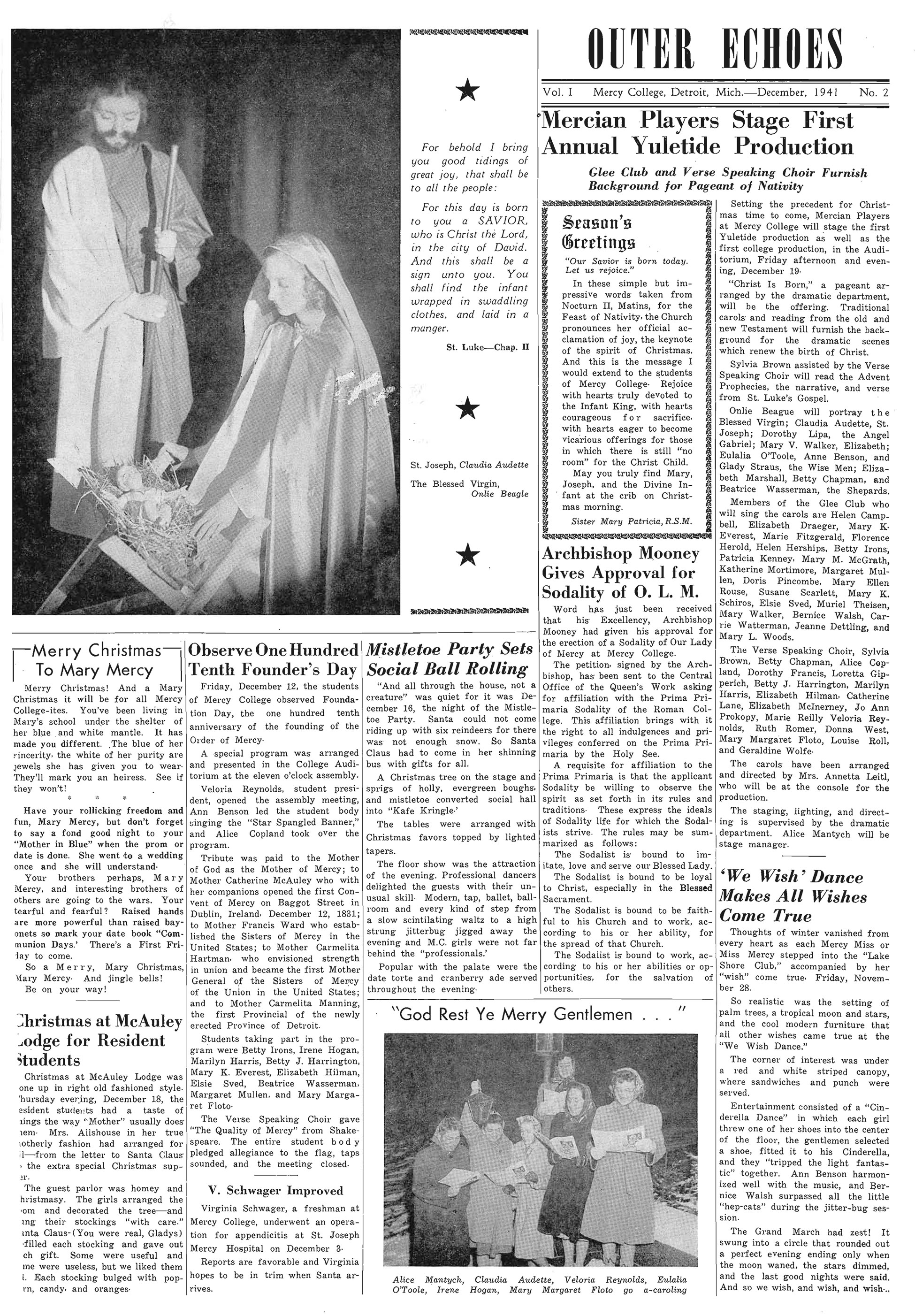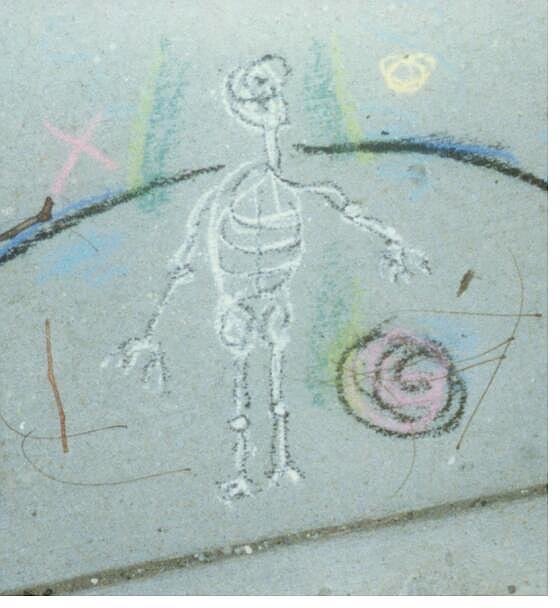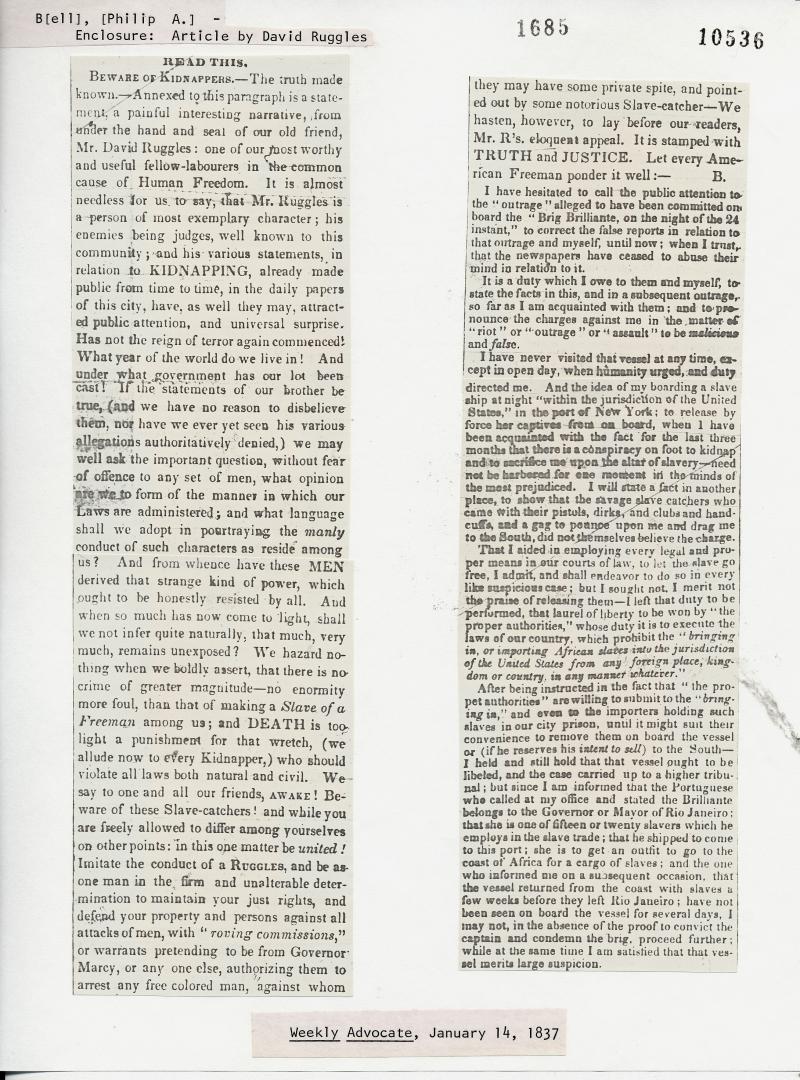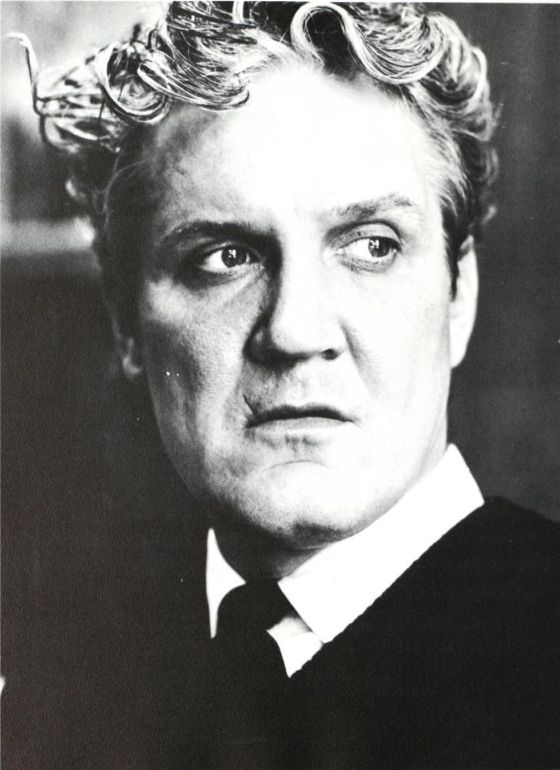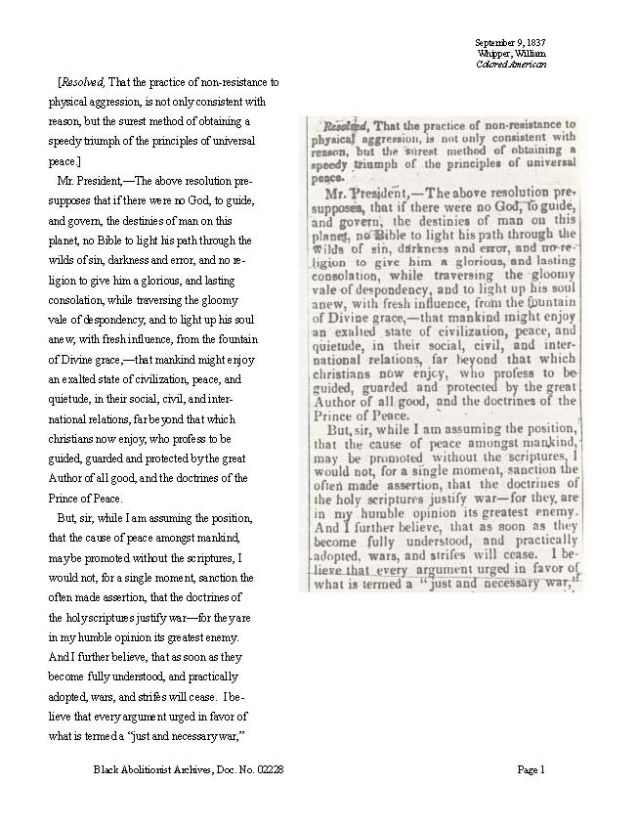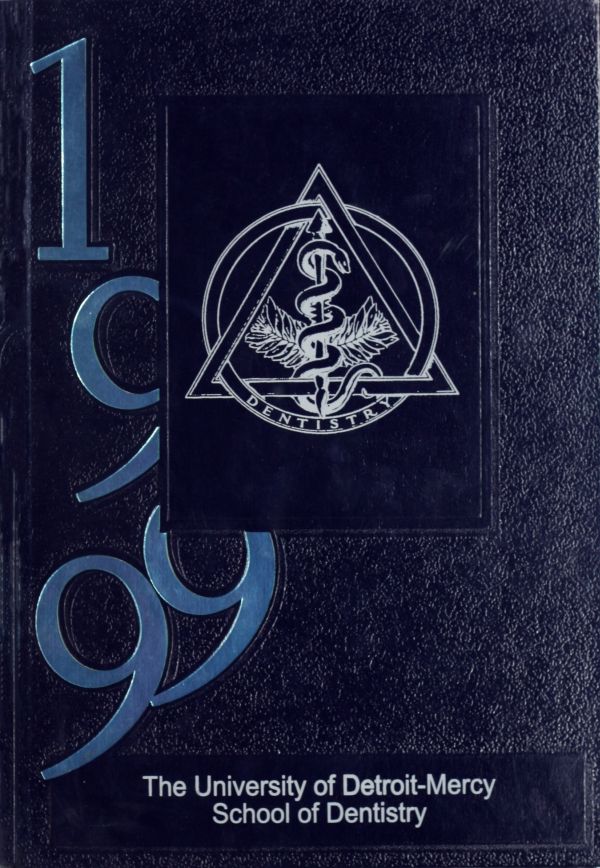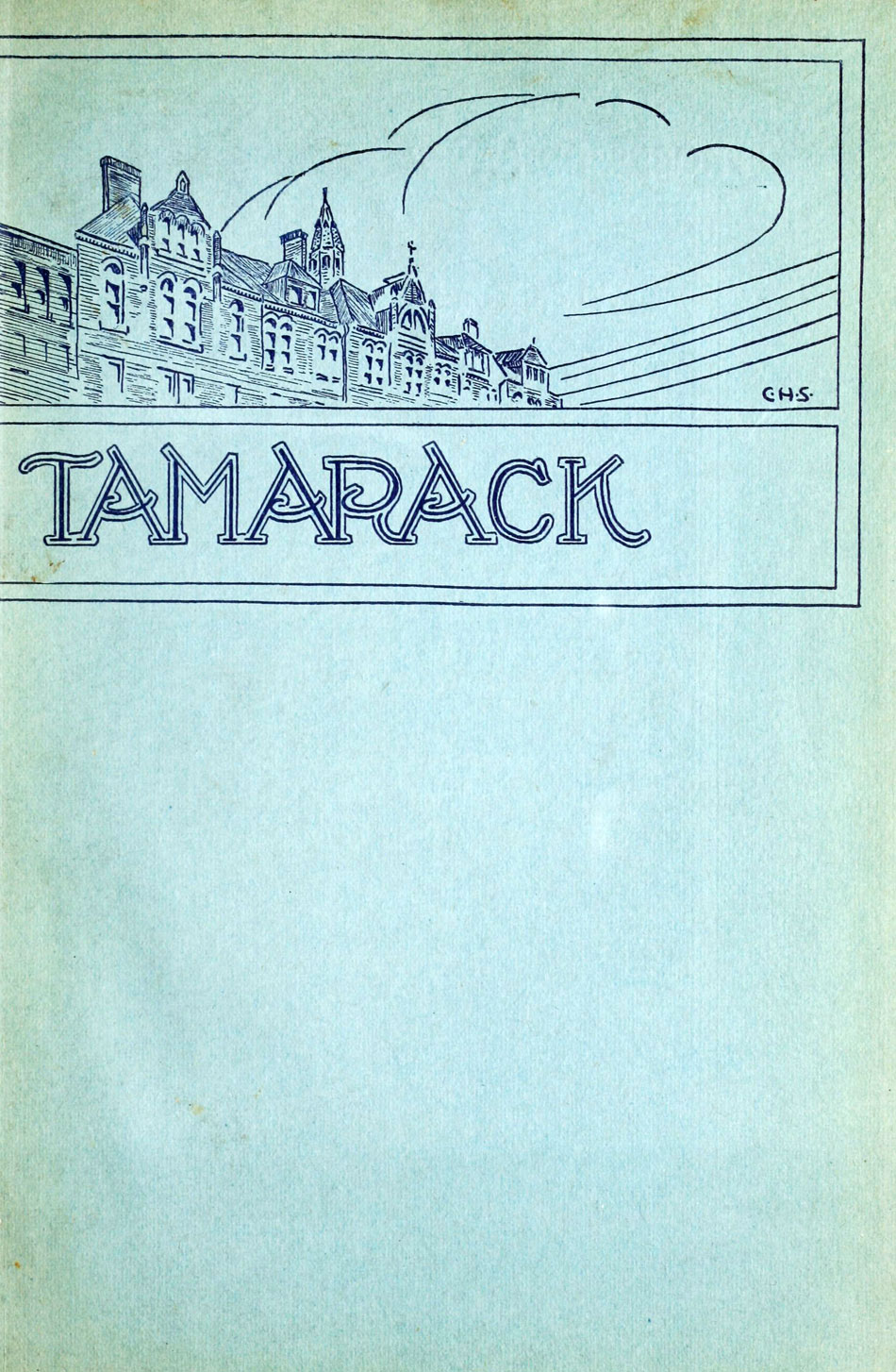Bulletins and Catalogs
As announced at this year’s Convocation, the Course Catalogs and Bulletins digital archive is now available on our Special Collections page. This valuable collection offers the researcher and the curious visitor a glimpse into a structured past that may stimulate memories of hours spent arranging and managing course offerings and scheduling in years past. There is other valuable information to be discovered in these pages, however. Now that the catalog is offered online only, it’s interesting to see how students, pencils and highlighters in hand, once determined how their semesters would be filled.
Spend a few moments checking out the evolution of course offerings. Notice how new and exciting course options have replaced old, outdated ones such as ROTC and Geography. Trace the future of technology through the pages of courses offered from then to now. There’s also a wealth of information in the first few pages of each catalog edition. Explore the differences in the rules set up by the university in its early days compared with what is important today.
This collection begins with the last hard copy version published for the 2003-2005 school year. We are adding years to this working backwards to the early days of course publication (the first catalog appeared in 1889).
What can you find in these pages of interest? The interest lies not only in the pictures (the changes in the campus over the years, the evolution of fashion noted on students and faculty images, even the snapshots of city spaces that hold memories of an different time), but in the excitement of finding a favorite professor teaching an unexpected course or noticing a new-found appreciation for a course load you may have previously decided to forgo.
We hope you’ll take a few minutes to visit the Bulletins and Catalogs collection and see how valuable this bit of history can be.

